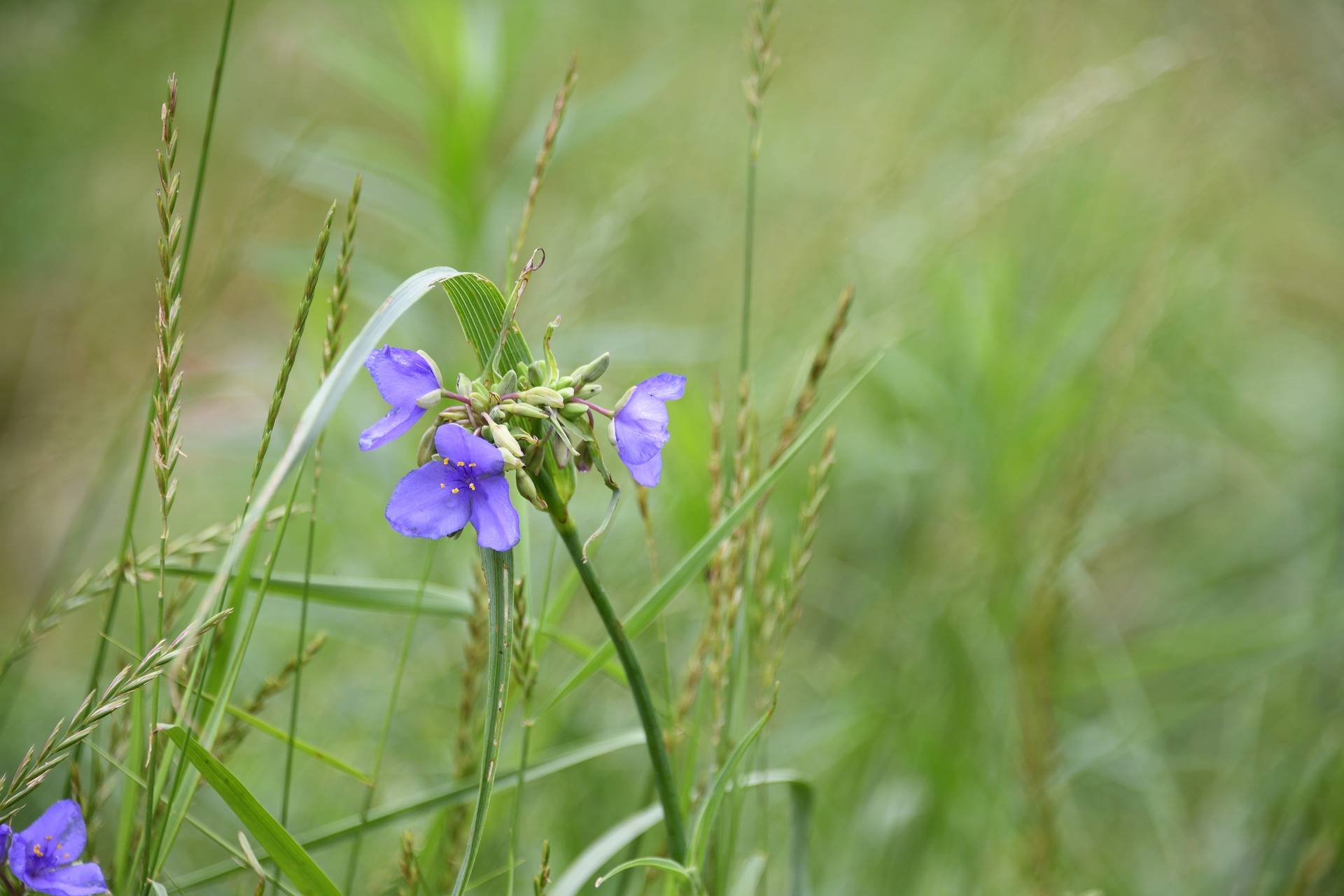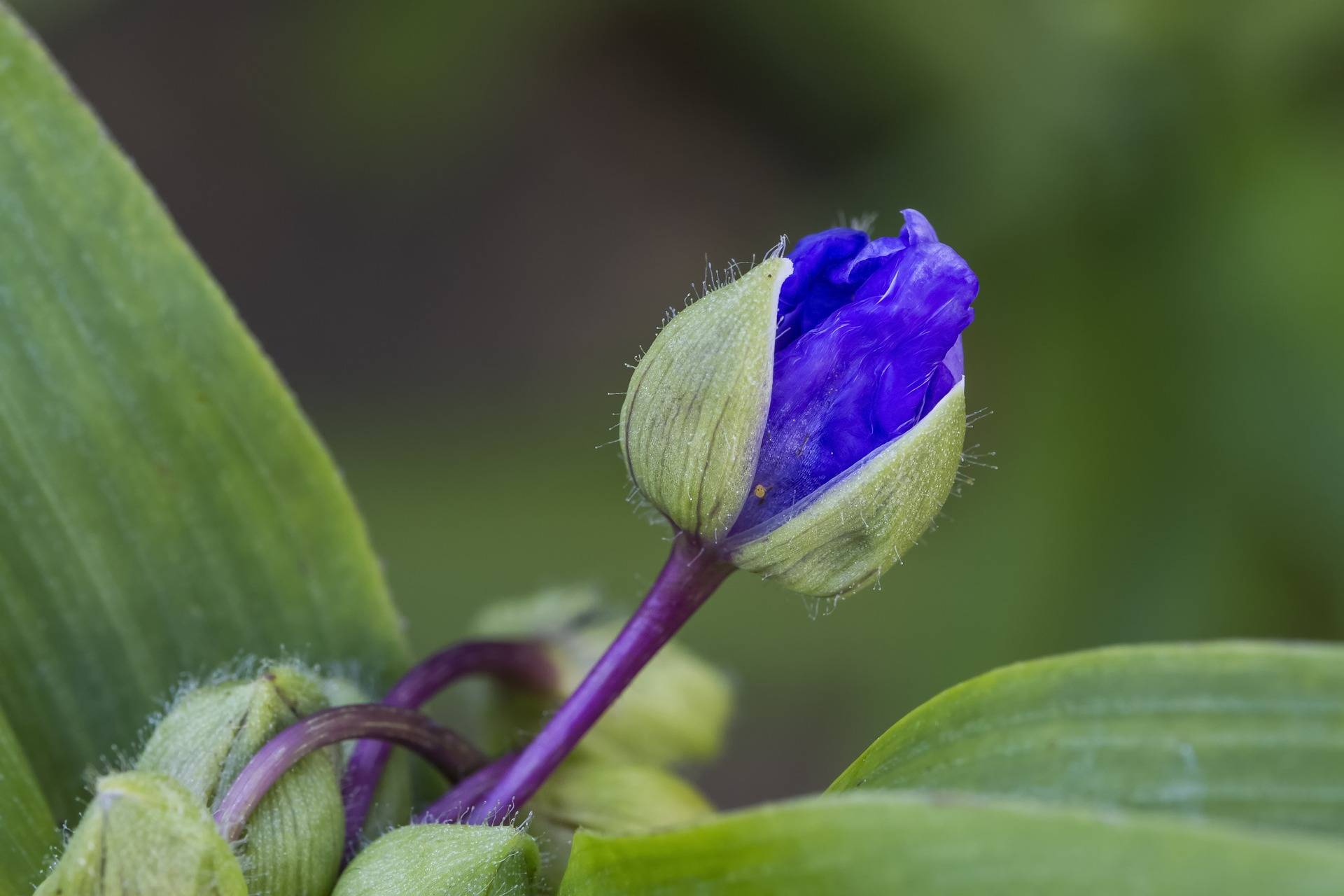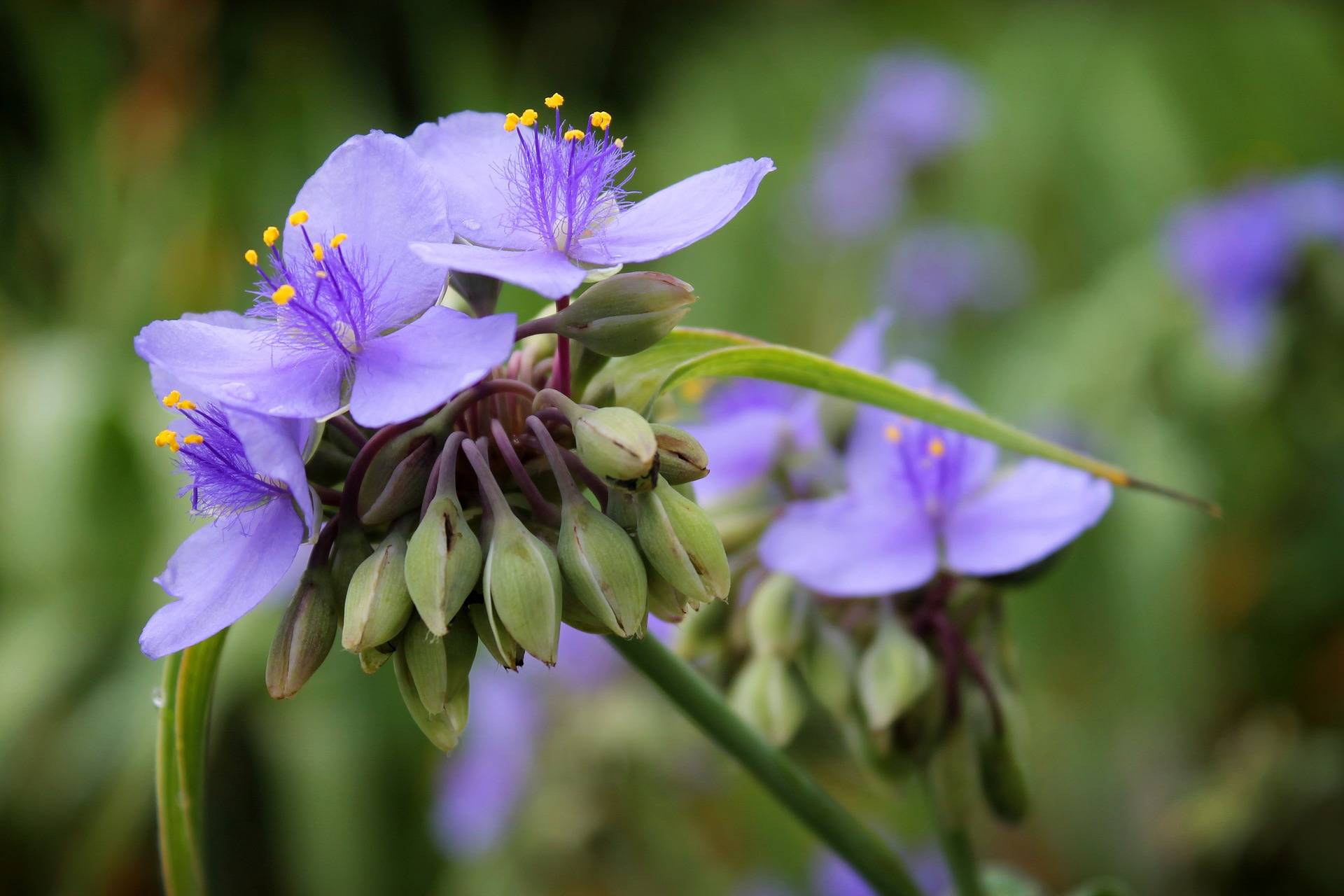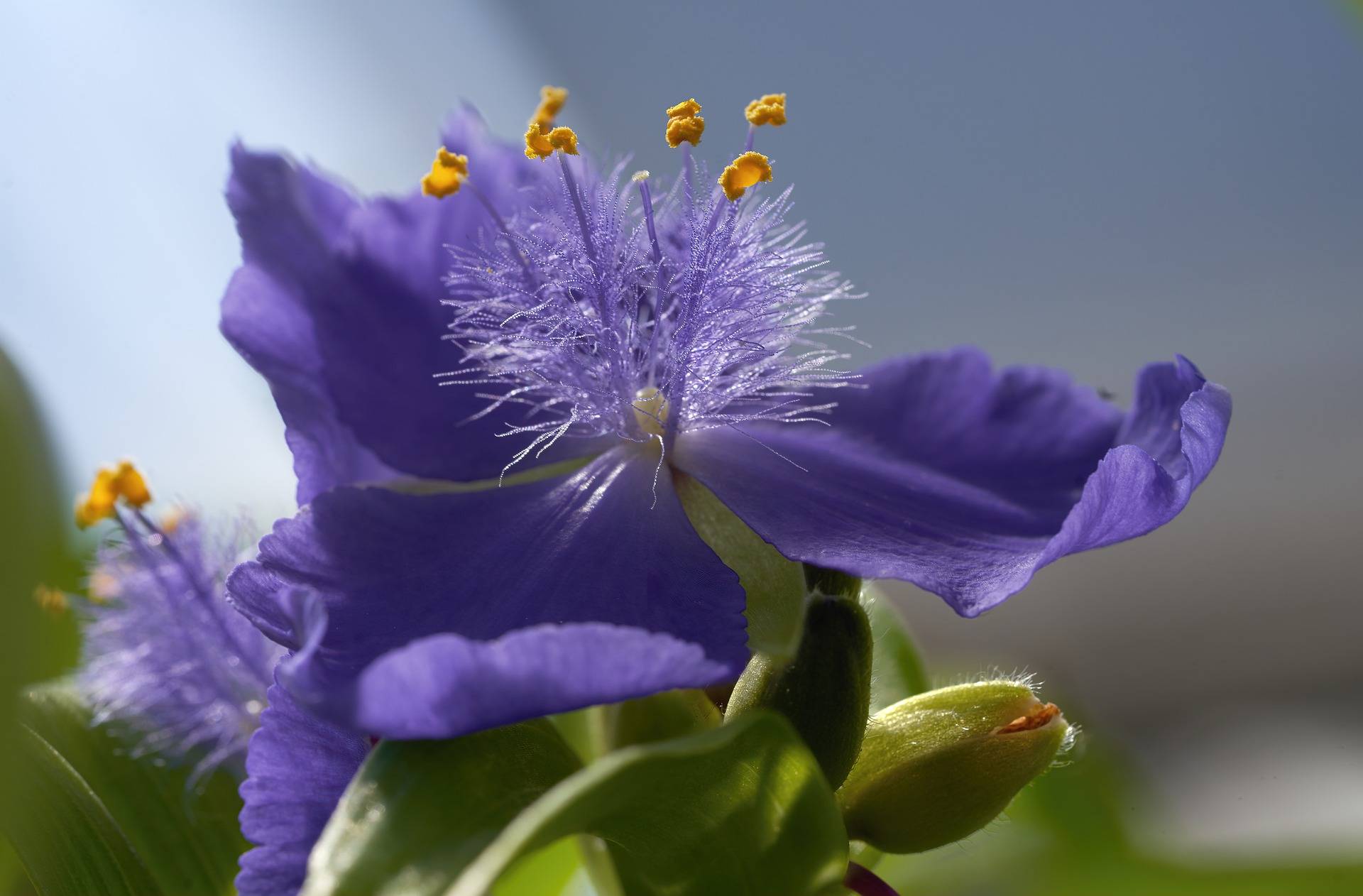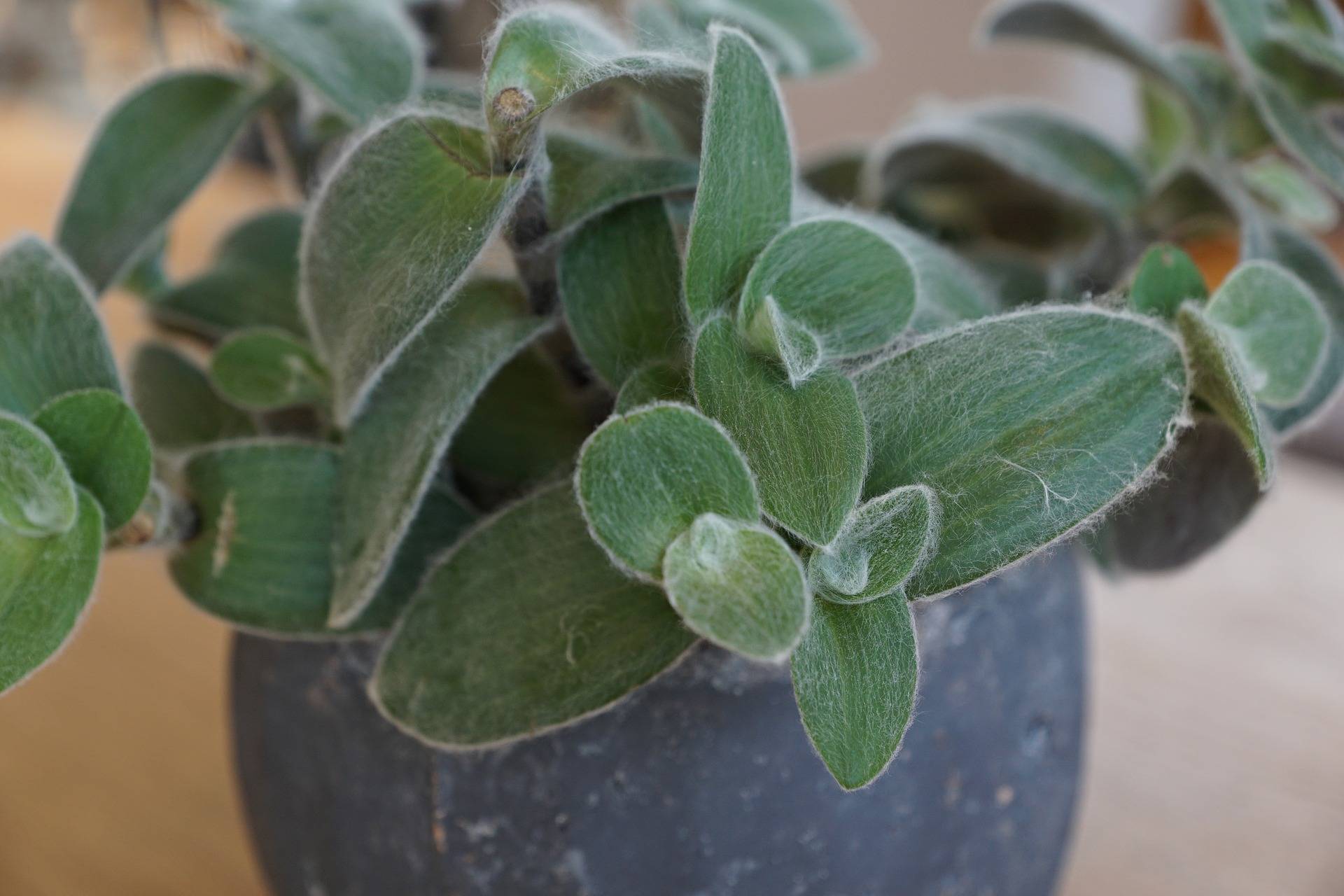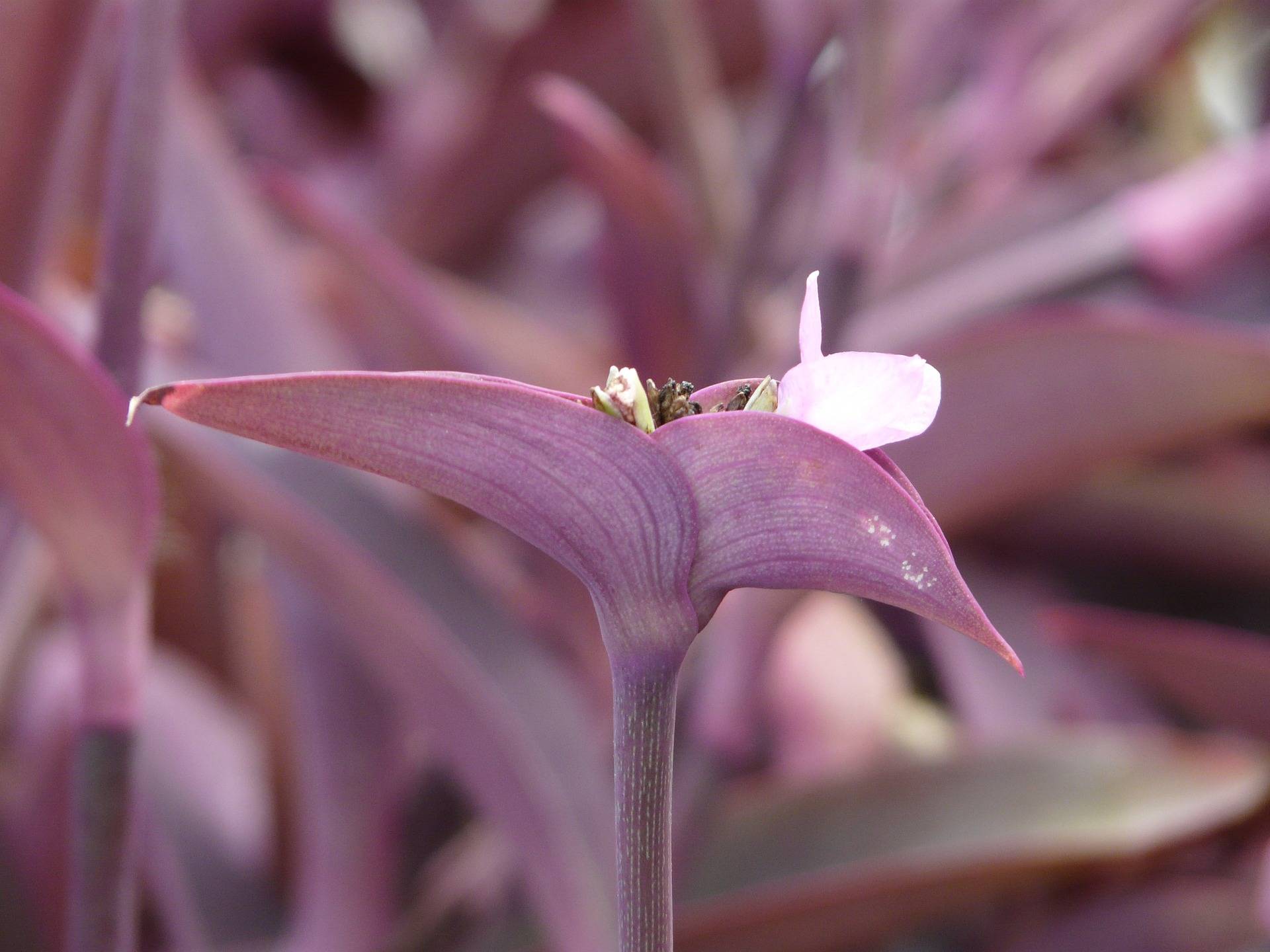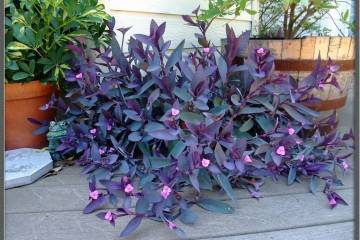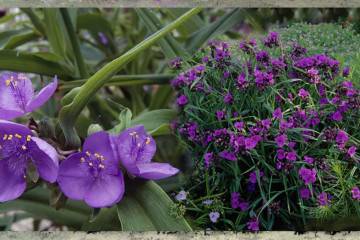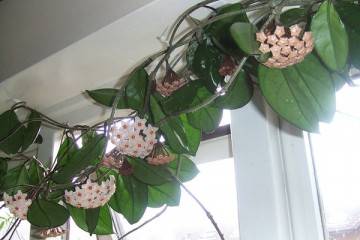Tradescantia room - home care
Content:
Indoor Tradescantia is a popular unpretentious flowering plant that growers successfully grow at home. Even without flowers, it looks very decorative due to the color of the leaves. The creep of the stems allows you to arrange a neat ampelous bush.
What does it look like, which family it belongs to
Tradescantia (Latin Tradescantia) is a genus of low-growing perennial evergreens, which takes its name from the father and son of Tradescants, English naturalists. In nature, this decorative leafy plant is found in the tropical and temperate latitudes of South and North America.
Leaves can be elliptical or more elongated - lanceolate. Inflorescences are located at the top or in the axils of the upper leaves. Flowers are small or medium, often numerous.
Outwardly, Tradescantia, when not in bloom, looks like grass, since it does not have a permanent tree trunk. Due to this, its varieties are often used in ornamental gardening as ground cover plants - they grow rapidly, capture new territories and suppress weeds.
In gardens, the flower is used to decorate open plots of land, but it takes root well in indoor conditions. In homes, it is more often used as an ampel plant - creeping stems and elongated leaves hang freely in hanging pots and baskets, adding originality to the design of the room.
Tradescantia: home care
In spring and summer, during the active growing season, the air temperature should be about 25 ° C, and during the dormant period, it is better to transfer the plant to a cooler place where the temperature does not rise above 12 ° C. The last requirement is not fundamental, the main thing is the correct basic care for room tradescantia at home during hibernation.
Tradescantia does not like direct sunlight, like many ornamental plants. It is better to choose shaded places: even if the light is bright, the pot must be positioned so that diffused light falls on the plant, for example, place it behind other taller flowers. If possible, the pots are best placed on windows facing east or west.
Not all varieties are equally sensitive to light. So, variegated varieties of light need more, otherwise the leaves will lose their unusual color and become just green. Tradescantia Belotsvetkovaya, on the contrary, belongs to the shade-loving species.
During the active season, the plant is watered regularly and abundantly. How do you know when it's time to water? If the top layer of the soil mixture is dry, you can safely water it after a couple of days. In winter, the watering regime depends on the ambient temperature - in a cool microclimate, you need to wait until the pot is completely dry and only then repeat the watering (about the fourth day after the top layer has dried).
Experts are not always unanimous on whether to spray herbaceous plants. With Tradescantia, this is not forbidden, but it is better to use a spray bottle with a fine nozzle so as not to wet the leaves, but rather create moisture around them.Although Tradescantia is quite tolerant of dry air in apartments, it will feel more comfortable with higher humidity.
Ready-made herbaceous soil mixture can be purchased at a specialized store. However, experienced flower growers are able to prepare the soil on their own. To do this, you need to take 4 shares of deciduous soil, 2 shares of sod and the same amount of humus, plus add one share of sand.
As a general rule, houseplants are fed in spring and summer. Tradescantia is fertilized every two weeks, alternating organic (compost, peat, straw) and mineral fertilizers (phosphorus, nitrogen and potash). The former are usually sold in liquid form, while organics are sold in granular form.
When and how it blooms
Tradescantia usually blooms from June to October, but under certain conditions it can bloom at any time of the year. A flower with a short stalk consists of three petals. Several flowers can be located on one inflorescence.
The most common shades:
- white;
- pink;
- lilac.
Tradescantia flowers do not have nectaries, so they attract insects only with their bright colors.
Pruning and replanting
In Tradescantia, it is often observed that the stems are exposed when grown indoors, which affects the decorative effect. To prevent this from happening, you need to take care of the flower: pinch the shoots and do scheduled pruning once a year.
Simultaneously with pruning, florists carry out transplantation of tradescantia. For young plants, the procedure is carried out annually; for adults, it is enough to do this once every three years.
The transplant consists in replacing the pot and substrate. As the root system develops in length and width, the new container needs to be a few centimeters taller and wider. The plant is transferred to fresh soil with a mandatory drainage layer before the start of the active growing season, so as not to interfere with flowering.
How does it multiply
To get seedlings of Tradescantia, at the end of winter or early spring, the seeds are laid out in sandy-peat soil and sprayed from a spray bottle as the top layer dries. The container can be covered with a plastic cap to create a greenhouse environment, and removed from time to time for ventilation.
Propagation by cuttings is a more affordable way:
- cuttings are cut about 10-15 cm each (this is done during the entire growing season);
- several stalks are planted in one container with an earth mixture for tradescantia and left alone, only checking their condition from time to time.
The first roots may appear in a few days, and after two months the surviving cuttings can be called full-fledged plants.
Another way of reproduction of Tradescantia is by dividing the rhizome. Only adult plants (3-4 years old) are suitable as planting material, the roots of which have managed to accumulate nutrients. Too old specimens (7-8 years old) are discarded - there is a risk of rotting the rhizome.
You need to share the roots with young buds and adventitious roots (grow on the stem in the aerial part). The number of buds and appendages should be approximately the same, otherwise the new plants will not take root. The stems are cut from above to a length of 15 cm, all cuts are processed with crushed charcoal. After a short withering, the stems are planted in the ground.
Possible growing problems
Tradescantia, for all its vitality, does not have one hundred percent immunity against diseases. The most common pests are:
- aphid;
- spider mite;
- thrips.
The first aid that the owner can provide to the Tradescantia flower is to wash the affected areas with soapy water or infusion of garlic. If the process of infection has taken on large-scale forms, you will have to use an insecticide.
Other possible problems:
- brown spots on the leaves signal problems with watering: the plant does not have enough water, or, on the contrary, the number of waterings should be reduced;
- dry leaves: even with strict adherence to the irrigation regime, the level of humidity may be insufficient - you need to spray the leaves from a spray bottle;
- the stems become elongated, and the leaves shrink: the flower does not have enough sun - you need to change the location of the plant or open access to the light source, for example, remove the pots in front that block the light too tightly;
- Tradescantia has lost its overall attractive appearance: these are symptoms of a lack of nutrients - an extraordinary feeding session should be carried out.
The best way to protect a flower from disease and preserve its decorative effect is to invariably adhere to simple care rules.
Views
This is a very representative genus, but not all varieties are suitable for keeping indoors. Several types of tradescantia are especially popular among flower growers.
Tradescantia Belotsvetkovaya (aka White Tradescantia, or Pale) is perhaps the most common type in apartments. Its stems are creeping, which makes this homemade Tradescantia an excellent ampelous plant. White flowers appear at the tops of the shoots or in the leaf axils.
Tradescantia Virginskaya is the rarest inhabitant of apartment windowsills. It is still a garden herb, a hardy representative of its kind with bright lilac flowers and long lanceolate leaves.
Anderson's Tradescantia comes from the Virginian species. It has long lanceolate leaves and flat flowers with three large petals. She feels comfortable in indoor conditions and can bloom all summer.
Tradescantia Sillamontana differs from its sisters in rounded fluffy leaves of a muted green hue. Even without inflorescences, it looks elegant.
Tradescantia Blossfeld has an unusual appearance, even for a representative of its kind - the leaf plate is green on top, and goes into a lilac shade from below. The petals on the flower are white with a wide pinkish edging.
Tradescantia Violet is distinguished by its original color - small flowers grow surrounded by elongated leaves of a dark purple hue. It is also called pink tradescantia because of the delicate color of the petals.
The name of Tradescantia Small-leaved speaks for itself - its leaf length is on average 6 mm. Thanks to the dense, small-leaved mass, the plant looks lush even after flowering.
Tradescantia Nanook leaves are oval, pointed, located on a thickened stem close to each other. The surface of the leaves is very unusual - as if the artist had applied large strokes of green paint on a white and purple plate.
Tradescantia Priechnaya is found on the banks of water bodies. Its usual appearance is medium-sized green leaves and white flowers. There is also a variety of tricolors - white and lilac stripes can appear on the leaf plate.
Tradescantia is easy to care for at home, while it has a great appearance. Due to its developed decorative properties, it is always popular among lovers of flowering and ampelous plants.
